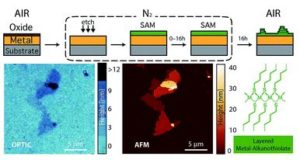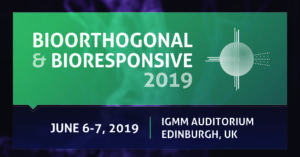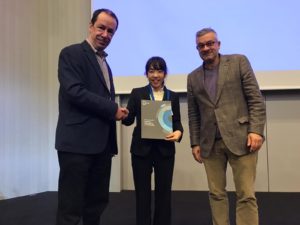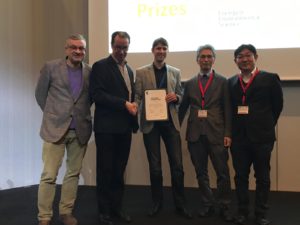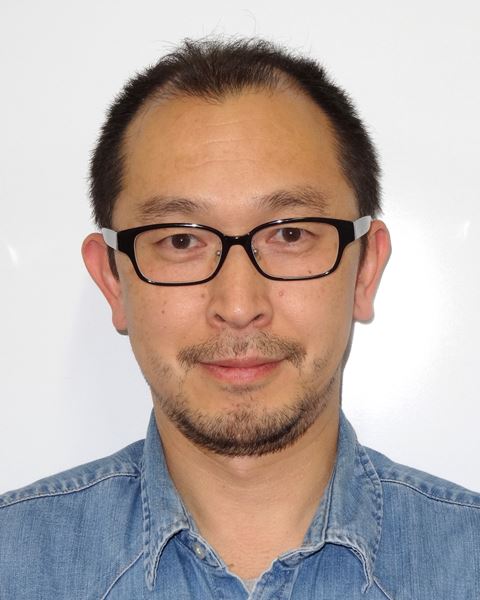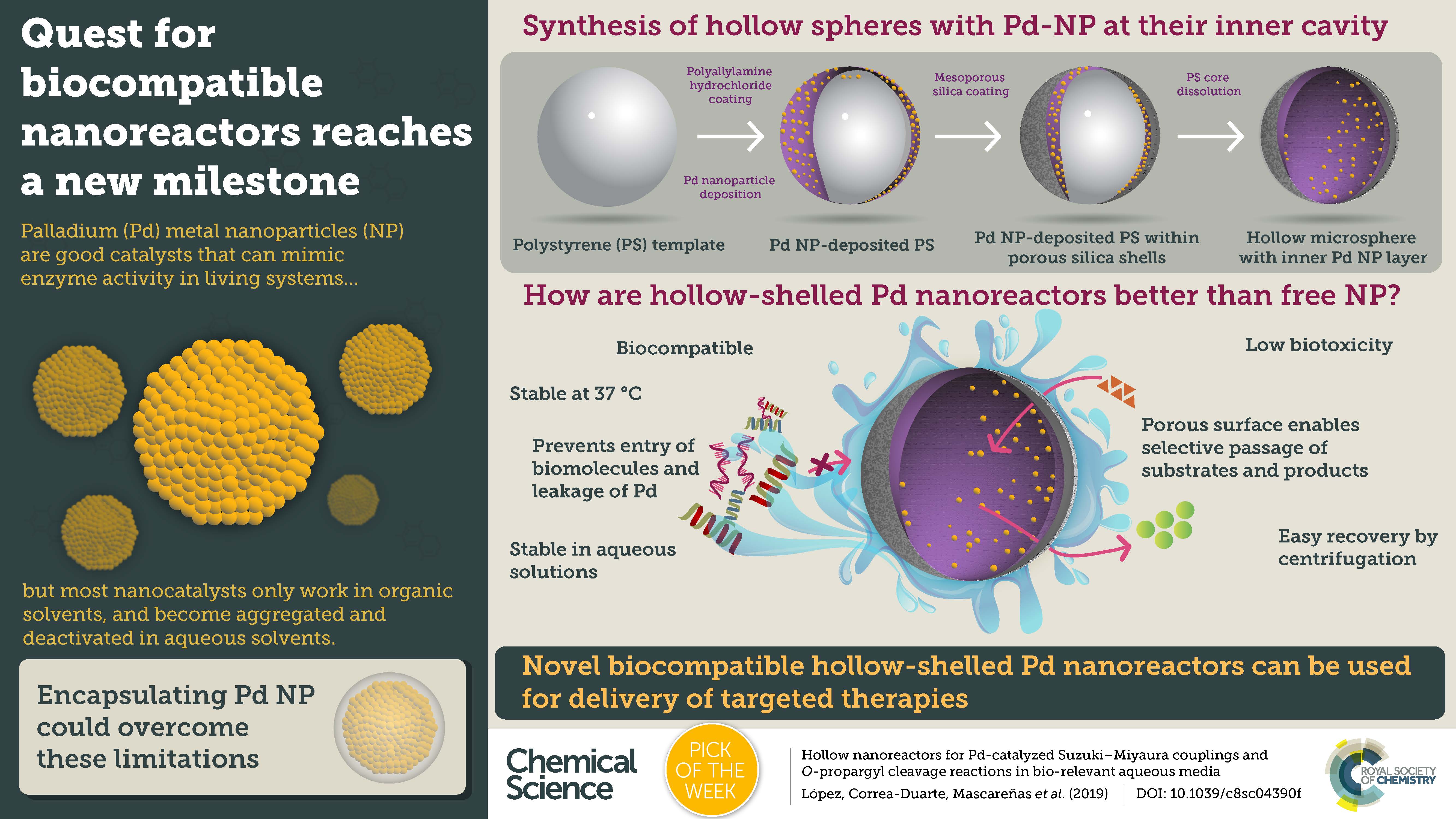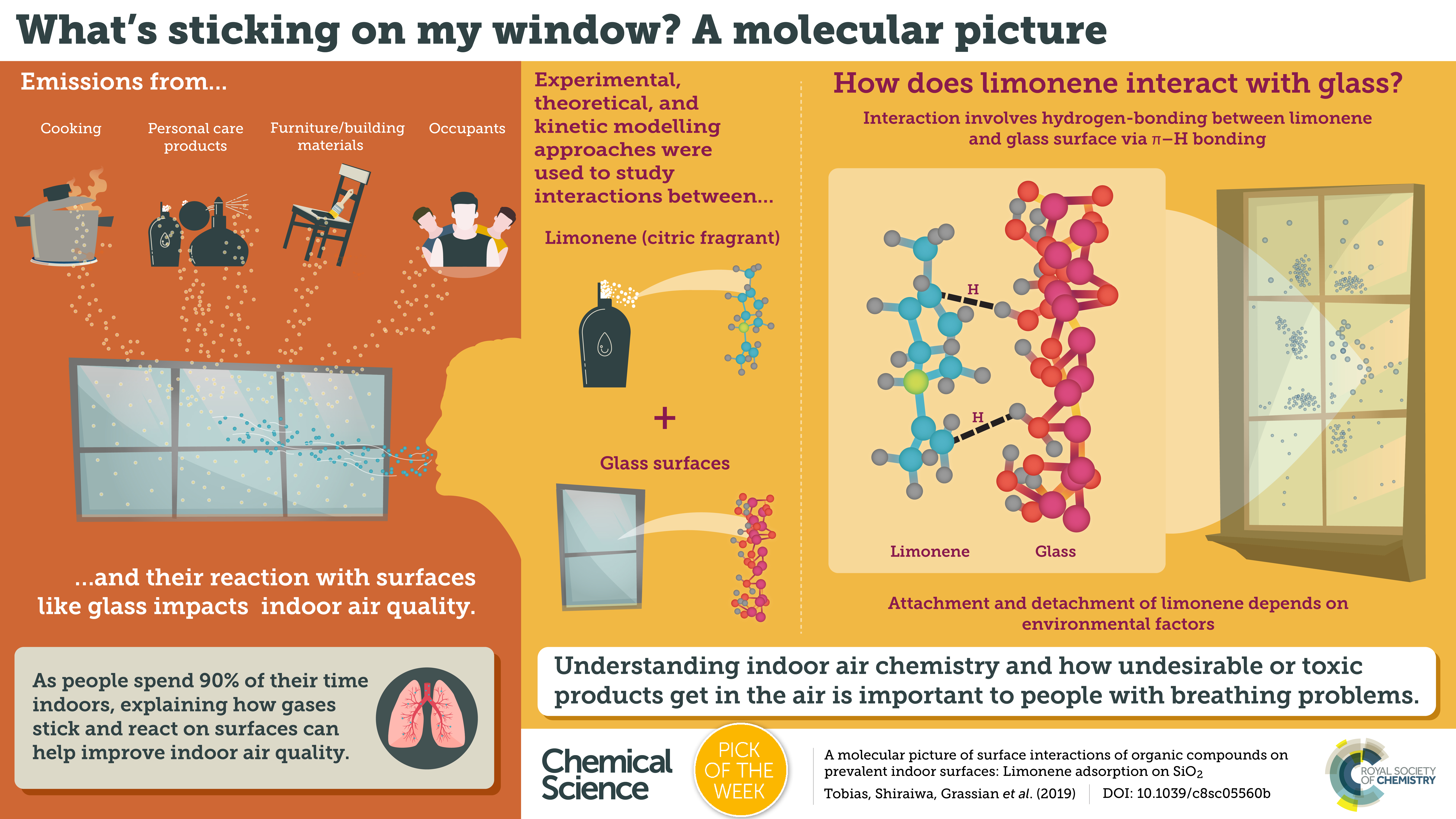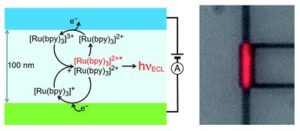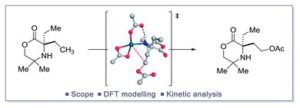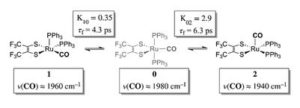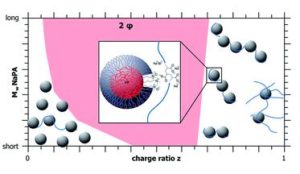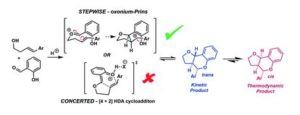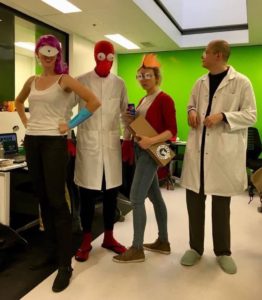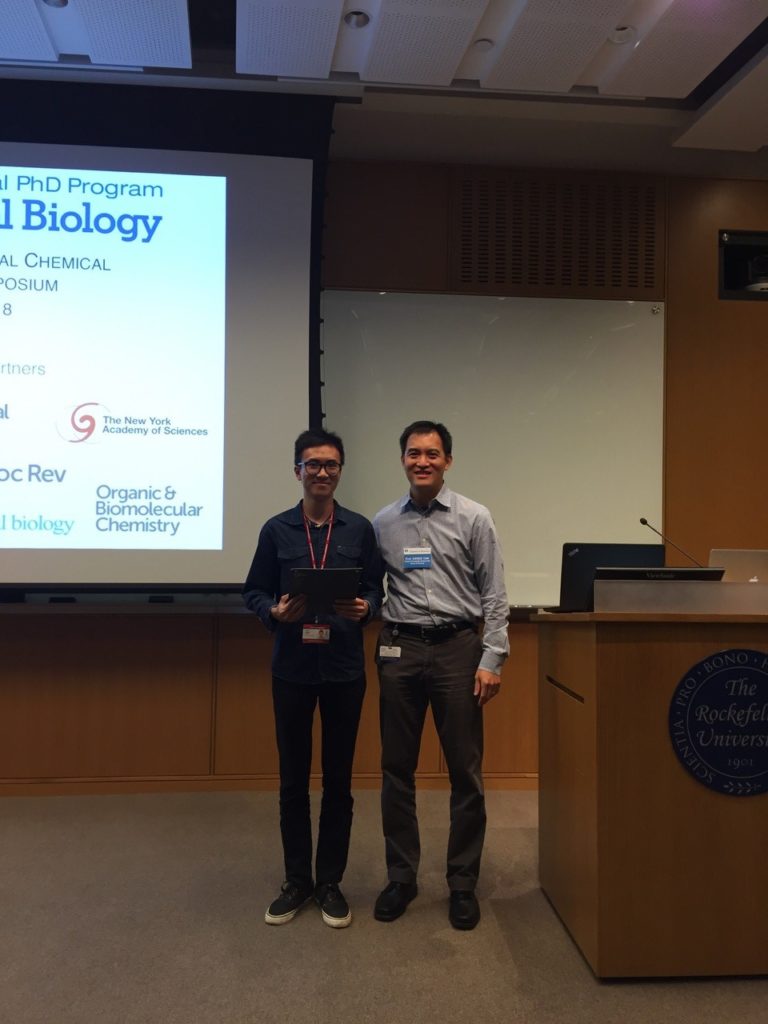We are happy to present a selection of our HOT articles over the past month. To see all of our HOT referee-recommended articles from 2018, please find the collection here.
As always, Chemical Science articles are free to access.
Selective and catalytic carbon dioxide and heteroallene activation mediated by cerium N-heterocyclic carbene complexes
Polly Louise Arnold, Ryan Kerr, Catherine Weetman, Scott Doherty, Julia Rieb, Kai Wang, Christian Jandl, Max McMullon, Alexander Pöthig, Fritz Elmar Kühn and Andrew D Smith
Chem. Sci., 2018, Accepted Manuscript
DOI: 10.1039/C8SC03312A, Edge Article
______________________________________________________________________
Ratiometric fluorescent probes for capturing endogenous hypochlorous acid in the lungs of mice
Xinfu Zhang, Weiyu Zhao, Bin Li, Wenqing Li, Chengxiang Zhang, Xucheng Hou, Justin Jiang and Yizhou Dong
Chem. Sci., 2018, Advance Article
DOI: 10.1039/C8SC03226B, Edge Article
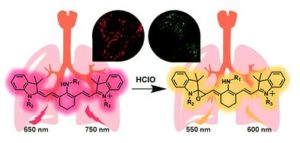
______________________________________________________________________
Surprising solvent-induced structural rearrangements in large [N⋯I+⋯N] halogen-bonded supramolecular capsules: an ion mobility-mass spectrometry study
Ulrike Warzok, Mateusz Marianski, Waldemar Hoffmann, Lotta Turunen, Kari Rissanen, Kevin Pagel and Christoph A. Schalley
Chem. Sci., 2018, Advance Article
DOI: 10.1039/C8SC03040E, Edge Article
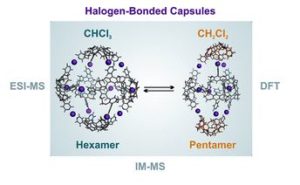
______________________________________________________________________
Advanced microRNA-based cancer diagnostics using amplified time-gated FRET
Xue Qiu, Jingyue Xu, Jiajia Guo, Akram Yahia-Ammar, Nikiforos-Ioannis Kapetanakis, Isabelle Duroux-Richard, Julia J. Unterluggauer, Nicole Golob-Schwarzl, Christophe Regeard, Catherine Uzan, Sébastien Gouy, Michael DuBow, Johannes Haybaeck, Florence Apparailly, Pierre Busson and Niko Hildebrandt
Chem. Sci., 2018, Advance Article
DOI: 10.1039/C8SC03121E, Edge Article
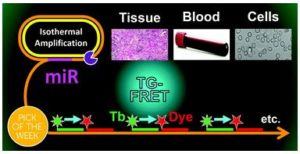
______________________________________________________________________
Atomic structure of boron resolved using machine learning and global sampling
Si-Da Huang, Cheng Shang, Pei-Lin Kang and Zhi-Pan Liu
Chem. Sci., 2018, Advance Article
DOI: 10.1039/C8SC03427C, Edge Article
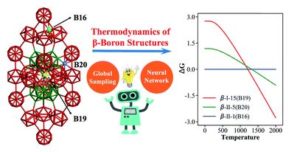
______________________________________________________________________
Spontaneous growth of 2D coordination polymers on functionalized ferromagnetic surfaces
Michele Mattera, Víctor Rubio-Giménez, Sophie Delprat, Richard Mattana, Pierre Seneor, Sergio Tatay, Alicia Forment-Aliaga and Eugenio Coronado
Chem. Sci., 2018, Advance Article
DOI: 10.1039/C8SC03067G, Edge Article
